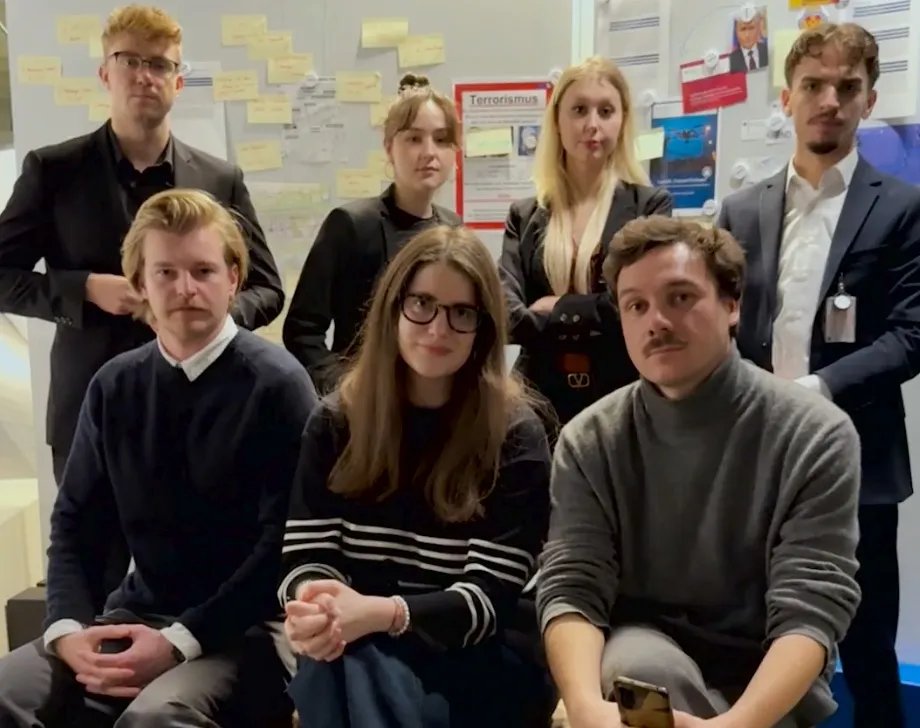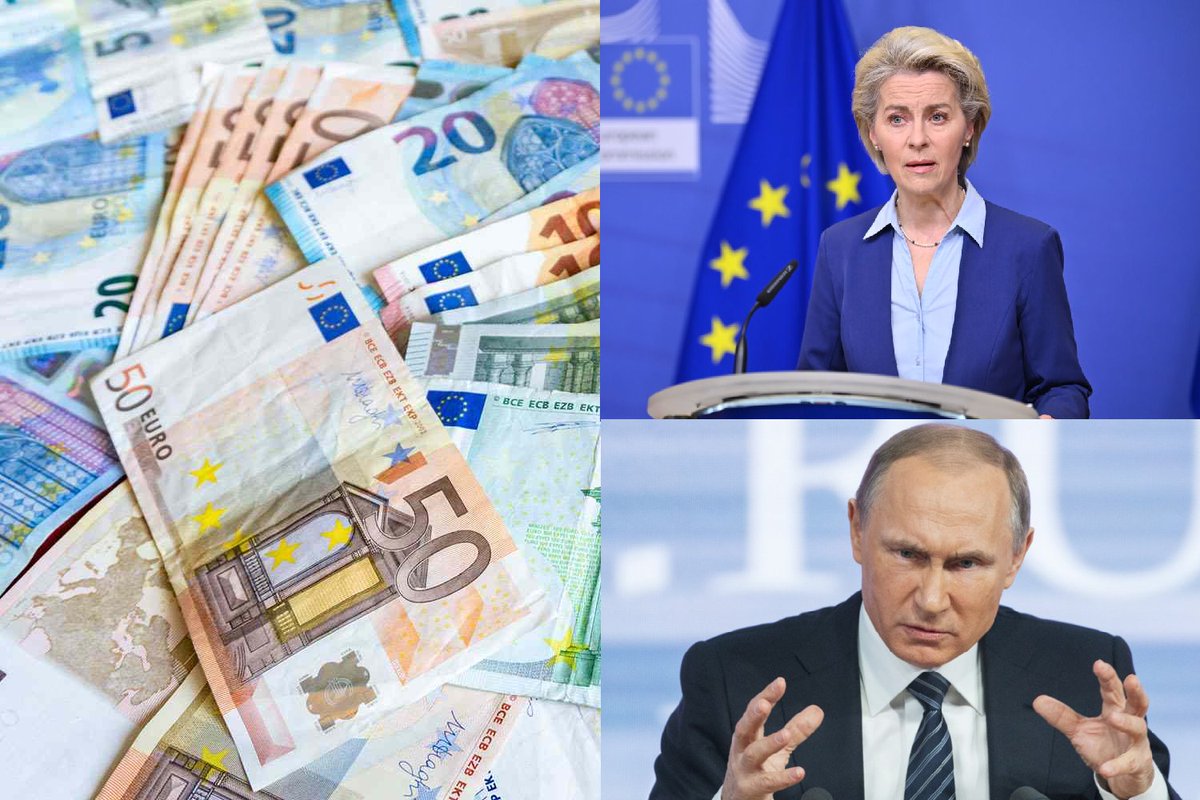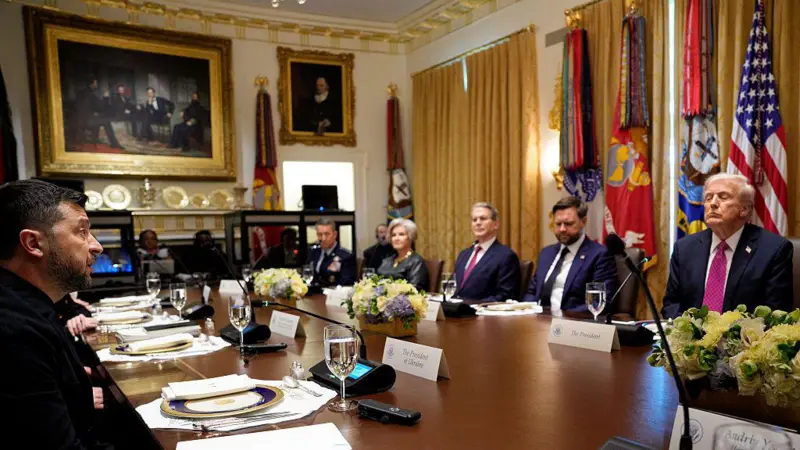Ukraine continues to destroy Russian fuel logistics. New reports of the destruction of a ship with fuel tanks in the port of Kavkaz in Kerch. Details are being clarified. The oil depot in Proletarsk, Rostov Region, has been burning for the fifth day. After the attack on
1/13
1/13

Proletarsk, a sale of oil depots has begun in the Rostov Region, local media write. Several oil depots in different areas of the region are up for sale. In addition, two more oil refineries and an inactive oil depot are up for sale in the Rostov Region. Ukraine is
2/13
2/13

confronting a much larger enemy and the tactics that Ukraine has successfully used many times during this war are to methodically destroy logistics and attack when the army has supply problems. There is nothing new in the tactics themselves, but new technologies provide new
3/13
3/13

opportunities. Such tactics also work at a small level, when the Russians are allowed to enter a populated area, then cut off from supplies with drones and artillery, and then destroyed one by one. So, on a general level - Ukraine methodically took out air defense, after
4/13
4/13

which it was easier to attack oil storage facilities and airfields. Solving one problem after another. It is unlikely that the operation in the Kursk region is the place of Ukraine's main attack. Its goal is to liberate territory, not to seize new ones. While Putin is not
5/13
5/13

ready to withdraw forces from the Pokrovsk direction, parts of the troops have already been sent from the Zaporizhzhya and Kherson regions to stop the Ukrainians in Kursk. Is it possible that Ukraine is planning a new offensive in the Zaporizhzhya region? It is possible,
6/13
6/13

but this is not certain. The Armed Forces of Ukraine have not yet introduced into battle most of the brigades formed by the new mobilization. Not all Western equipment has been introduced either. Ukraine is accumulating resources. A maximum of 10,000 Ukrainian soldiers are
7/13
7/13

operating in Kursk. Some of whom are still in Ukraine as reinforcements. During the war, theories have repeatedly surfaced that it would be most advantageous to strike in the Zaporizhzhya region, but inflated expectations led to failure. The offensive in 2023 did not work
8/13
8/13

out. Will the Ukrainians be able to do it now and will they risk going through the heavily mined and fortified areas of the Zaporizhia region now with larger forces and different tactics? It still remains a very difficult task. The Kursk operation is ongoing, and we have
9/13
9/13

even gotten used to the idea that Ukrainian troops are occupying Russian territory. Who would have thought of this a month ago? Ukraine has begun to advance into the Glushkovsky district, where they have cut off up to 2,000 Russian troops from supplies across the Seim River
10/13
10/13

Another 300 square kilometers of territory may soon be taken by Ukraine. The total area of the Kursk region, where fighting is currently underway, already exceeds 1,350 square kilometers. The operation is going well. We must remember that Ukraine is also suffering losses,
11/13
11/13

the Ukrainian civilian population is constantly under shelling. Russia is trying to stop the offensive in Kursk, this time by bombing its own cities. However, autumn is approaching and in about 2 months the fighting will be more difficult to conduct due to the weather and
12/13
12/13

muddy roads. Is Ukraine preparing another blow? Most likely, but at the moment no one except the Ukrainian General Staff knows where the next strike will be. And that's for the best. Let Ukraine surprise us once again.
13/13
13/13

• • •
Missing some Tweet in this thread? You can try to
force a refresh





















